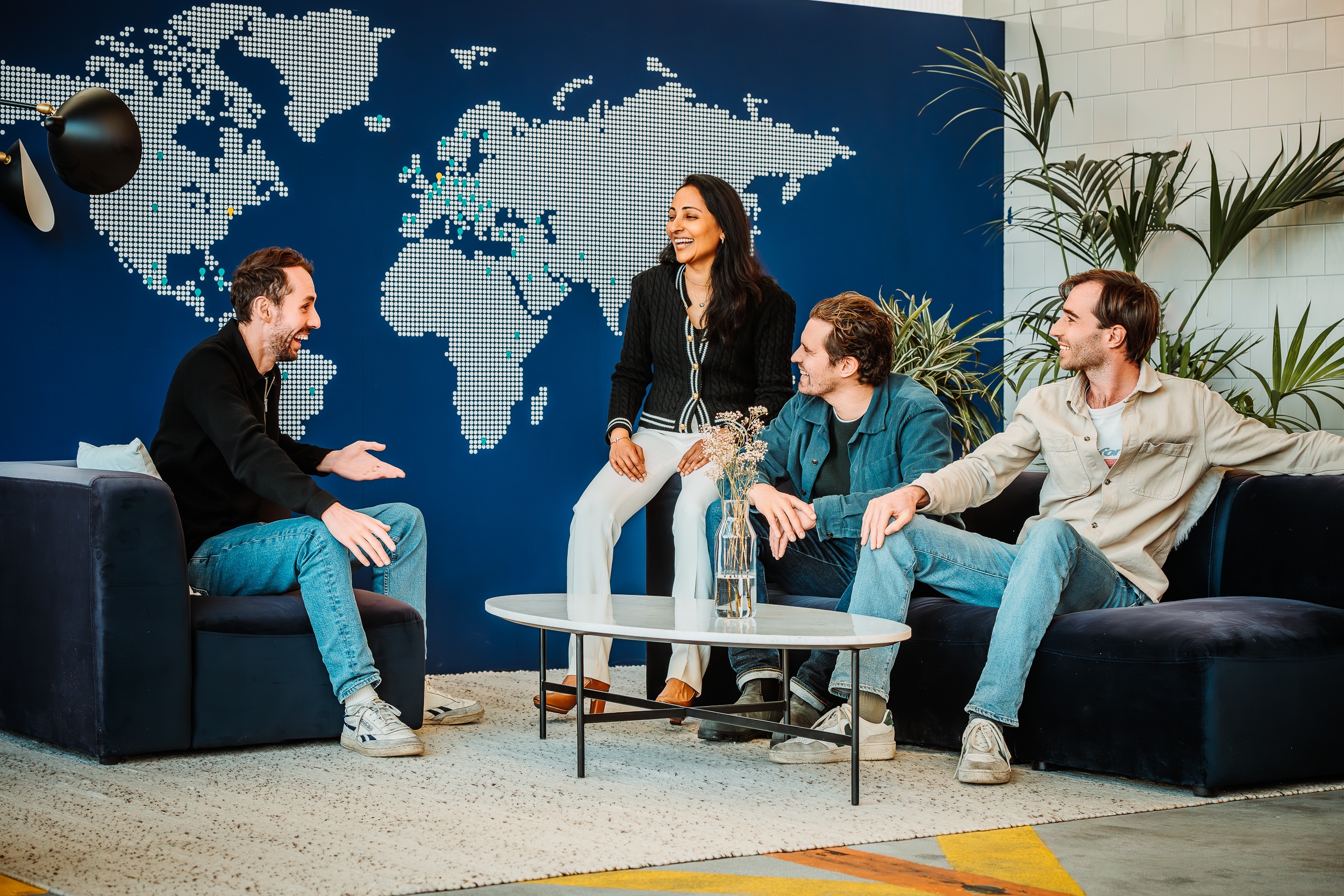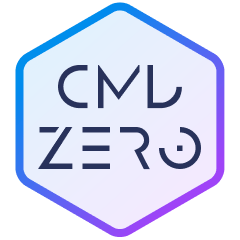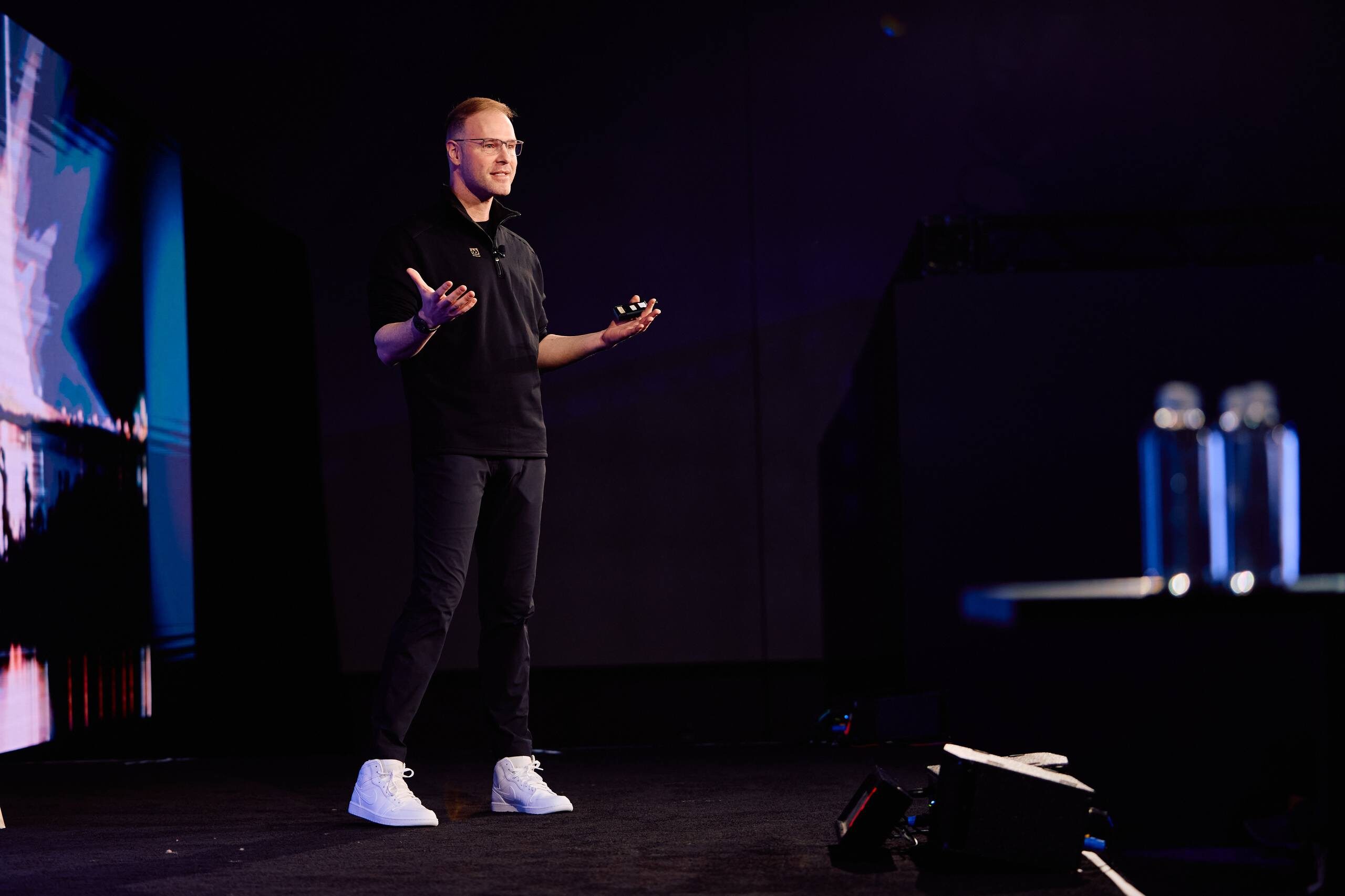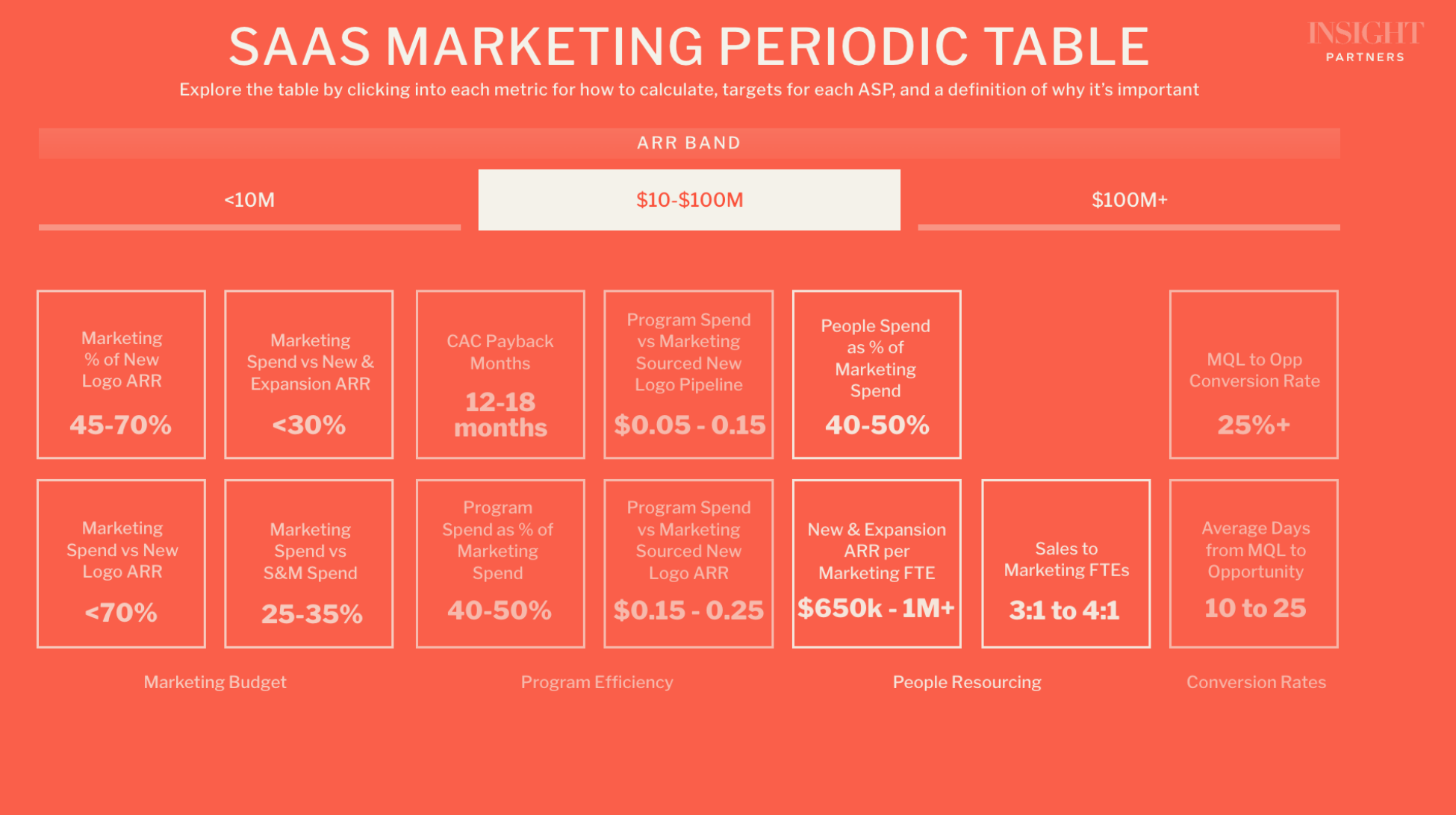How CEO Sahil Aggarwal created a product he believes every business on Earth will (eventually) use
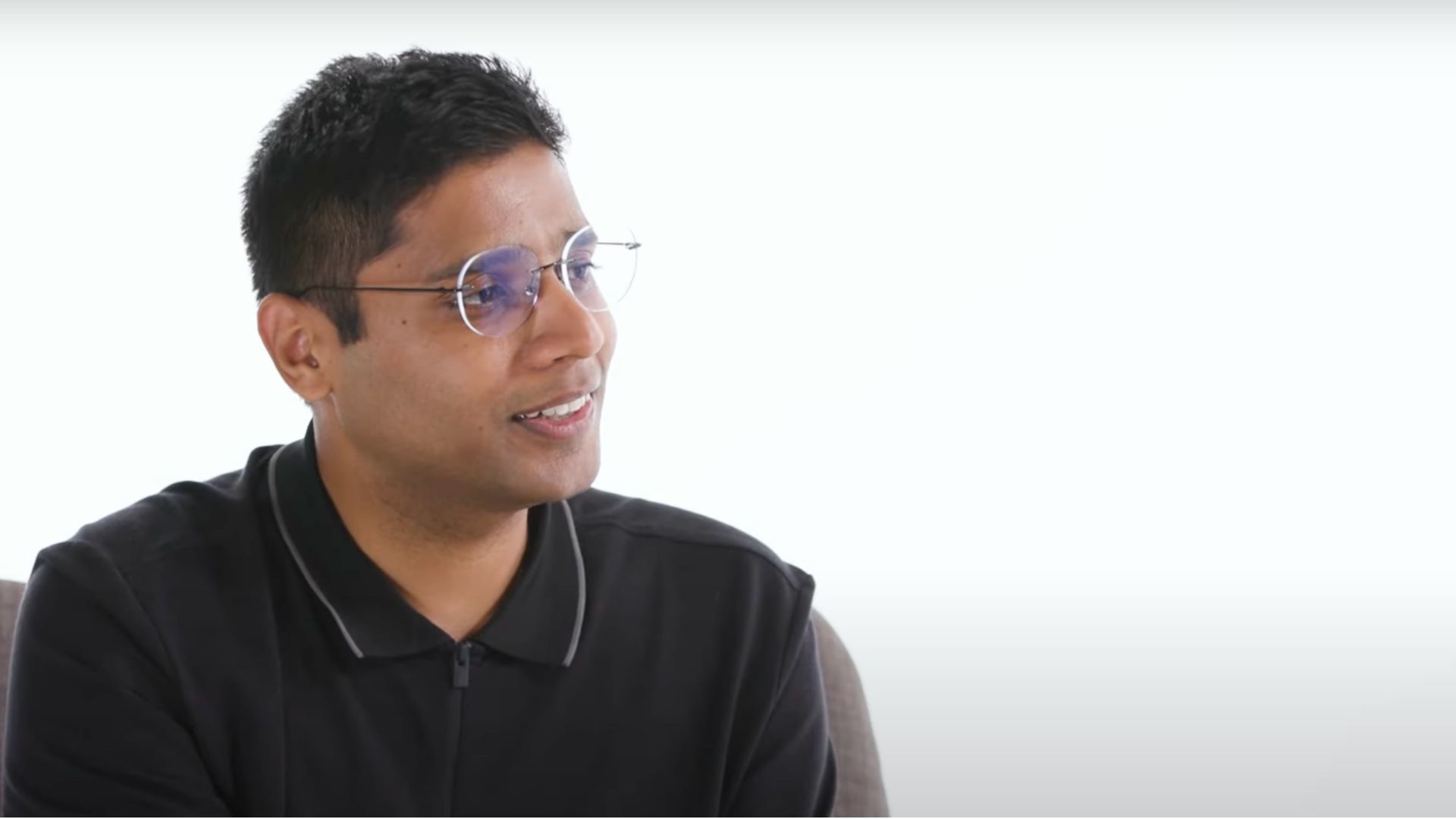
Instinct can get you a long way in business, but it has to be honed. Rattle’s intuitive business approach is rooted in cofounder and CEO Sahil Aggarwal’s decade-long journey before launching the company in 2020.
After studying electrical engineering in India, Aggarwal began his professional career at the New Delhi-based pharmaceutical consulting firm ZS Associates in 2013. However, he soon realized the corporate consulting world didn’t inspire him, so he shifted his focus to product development.
Aggarwal became a senior product manager at VC-backed firm Gigster and simultaneously started his own product development company for early-stage Indian startups called WinTerrain. Despite what he describes as his own limited coding skills, Aggarwal successfully built digital products for other founders and generated revenue over WinTerrain’s three years of operation — from December 2014 to January 2018.
Building skills, finding superpowers
“I accidentally discovered something I absolutely enjoy,” Aggarwal says. “Even on weekends, I look at products. That’s how addicted I am.”
Seeking to create something more scalable, Aggarwal partnered with a former customer to launch Leadworx in 2018, an e-commerce software that allowed clients to identify anonymous website visitors and better understand their leads. The experience taught Aggarwal the importance of velocity in product development, as Leadworx quickly gained a six-figure annual recurring revenue. However, he eventually decided to move on due to differing visions with his cofounder.
By June 2019, Aggarwal joined Mutiny’s product team in San Francisco as employee eight. The company, an AI platform, helps convert top-of-funnel leads.
His time at Leadworx and Mutiny helped Aggarwal develop the skills that he’d later use to build and grow Rattle. “That’s my superpower today,” he says. “I learned from two of the best people at their craft on how to structure something, how to give it direction, and how to proceed with velocity.”
Frustrations spur innovation
By mid-2020, Aggarwal was itching to apply these lessons to a new product, and an idea arose from past frustrations with the enterprise software experience.
The concept was a “revenue orchestration” platform that would streamline sales processes by integrating them into employees’ daily workflows. Rather than follow disjointed steps scattered across Salesforce, email, spreadsheets, Slack, and more, the platform would weave processes together in one experience.
“My work happens in Slack,” he says. “What if after a sales call, I get a ping in Slack to log my notes, which automatically updates Salesforce?”
This Slack-centered automation system — Rattle — would save salespeople hours of manually updating records across multiple apps. Aggarwal realized salespeople don’t always log data because Salesforce is complex, hard to navigate, and disconnected from their real workflows.
Rattle aimed to fix that by embedding processes directly in employees’ tools of choice. In turn, Rattle helps teams execute processes consistently, aggregating critical data and ensuring best practices are followed.
Assembling the founding team
Aggarwal tapped his former colleagues, Milan Singh, lead engineer at Leadworx, and Apoorva Verma, a former consultant at BCG, to bring this vision to life alongside his own work at Mutiny. As Verma puts it, “three is a good number” for cofounder success. “You are able to break the tie if it’s happening.”
“This is August and September 2020,” explains Aggarwal. “We’re in the thick of COVID. We aren’t doing anything on the weekends.”
Within six weeks, the team had a minimum viable product to test with potential users. “Bring it to Slack. Bring it to Microsoft Teams — that seemed very elegant,” says Verma about the team’s initial brainstorms. “That seemed like a game changer. It was one of those things that, when you think about it, it becomes so obvious.”
The initial traction confirmed Aggarwal’s belief they were solving a major pain point. “The customer love we saw from day zero — it was humongous,” explains Verma.
Flipping the funnel
The trio used an unconventional go-to-market strategy: Instead of charging upfront, they gave Rattle away for free to validate product-market fit.
“I don’t need to charge on day one to know if it’s a painful enough problem,” Aggarwal says.
“My theory is it’s all about workflows. Can you become so ingrained in someone’s workflow that they would pay money for you to not take it out? Because I think that’s when you have true product-market fit.”
It was a bold choice, but it worked.
After four months of feedback, Rattle asked its initial users to start paying. Around 80% agreed, confirming Rattle’s value proposition.
By flipping the funnel, Rattle established loyalty before asking for payment. The company banked on process adherence being so valuable that users wouldn’t give Rattle up once ingrained in their workflows.
Throughout 2021, Rattle refined its positioning around sales process integrity and data centralization. The three cofounders remained disciplined in focusing on revenue operations instead of chasing every possible use case. “You know that something is working, but then you see that other people see it, and then you know that you have to double down,” explains Verma.
Rattle also expanded its value proposition beyond note-taking to end-to-end process automation, taking the product from a helpful tool to a mission-critical platform.
By September 2022, Rattle had enterprise customers including Rippling, Sendoso, and Ogury. But Aggarwal knew the company had to set its sights even higher to achieve his vision of ubiquitous adoption.
“We realized that the current iteration of the problem will get us to maybe 100 more customers. But for us to go 10x from here, or even 100x, we need a more strategic problem that we can tackle. And that’s what started us on this journey.”
Scale up your career: See all open roles at Rattle on the Insight Partners job board.
The investor POV
“I thought the founders had a really good story behind understanding the problem. They have lived through it. But they also really understood it from a user’s perspective.”
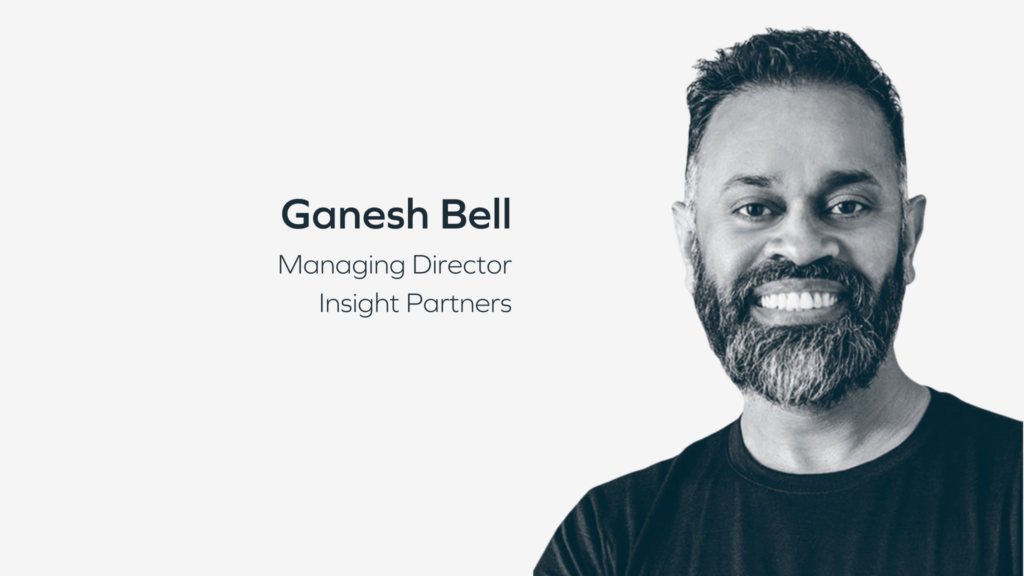
In mid-2022, Rattle raised a $26 million Series A round led by Insight Partners with participation from Lightspeed Venture Partners and Peak XV Partners (formerly Sequoia Capital India).
Insight Managing Director Ganesh Bell led the Rattle investment after years of analyzing the evolving workplace technology landscape. He immediately recognized Rattle’s potential to transform legacy enterprise workflows.
Bell’s own background made him all the more confident in Rattle — he had previously built his own CRM product before moving into the investment space.
He also recognized the way the world worked had changed. “We’re on Google. We’re on Slack. We’re on Teams. We’re on all different kinds of platforms where work actually happens,” says Bell. “How do we bring those applications into the modern places of work?”
But for Bell, Aggarwal’s idea was just the beginning.
“A deeper empathy for a user”
That perspective convinced Bell and Insight to invest in Rattle.
“They were curious about this problem, but they had…a deeper empathy for a user and a buyer in this journey,” Bell says.
“You look at [Sahil] and go, ‘Okay, this team will figure this product out. They will figure out how to build the right product.’ But more importantly, we were thinking, ‘I think they will be able to occupy a space in the mind of the user.’”
Bell was equally impressed by Aggarwal’s open and coachable mindset. He knew the founder would leverage Insight’s operational expertise while still making big, smart decisions.
“At that stage, when it was still an early idea, they had paid attention to small little things like, what do we call the company? And how does it potentially become a verb if it becomes used?”
This attention to detail signaled to Bell that the founding team was in this for the long run — and they were careful about their decisions.
Since partnering, Bell has provided invaluable guidance as Aggarwal’s “thought partner,” as the latter describes it. Bell helps Aggarwal weigh options and anticipate challenges on Rattle’s scaling journey.
Rattle 2.0 launches
Those challenges continue to come in hard and fast. When the cofounders began their journey with Rattle, the RevOps function was entirely different.
In today’s challenging economy, it is no longer just about reducing manual tasks but also about empowerment and flawless execution. The fundraising from Insight and others enabled Rattle to accelerate product development for its next paradigm shift — to 10x or 100x the company from its current size.
In late 2023, Rattle launched its revamped platform Rattle 2.0, reimagining the product as an intelligent process orchestration engine using conversational AI. It took their initial product offering, which simplified day-to-day RevOps work, and expanded into four total product pillars — visualize, automate, collaborate, and simplify.
“We covered one part of the puzzle for RevOps, but how do we make it more comprehensive, so as to make sure that sales processes work as they should for their sales leaders, for RevOps, for reps,” explains Verma.
With this new platform, RevOps can use AI to execute and scale proven strategies and constantly tweak and test processes for the best outcome — all at a team-wide level.
“We were able to elevate RevOp’s role from being perceived as a tactical person to being that strategic leader,” says Verma.
Partners in process innovation
The decision to embed AI wasn’t easy, Aggarwal admits. “You don’t know if the customers will resonate with it or not,” he says. “That was a scary place.”
But it paid off. Early customers have raved about Rattle’s process automation capabilities. And now Insight’s extensive industry connections are helping accelerate Rattle’s access to customers and talent. The firm also shares invaluable lessons and best practices from its portfolio companies. For example, Insight’s pricing experts helped optimize Rattle’s packaging and monetization strategy for enterprise and also facilitated partnerships to raise Rattle’s profile.
“The alignment is so strong,” says Aggarwal. “Ganesh believed in the mission that we’re working on, not just the company metrics and the trajectory,” he explains.
“He wasn’t trying to find conviction in the data points. He already had conviction.”
“Every business on earth will use it”
“What I love about our relationship is Insight will always keep me thinking,” says Aggarwal.
Aggarwal and Verma firmly believe every business will adopt tools like Rattle in the next decade. “If you look at a lot of our customers, [they] are the front-running companies…Rattle gives them a competitive edge,” says Verma. And by helping users excel in their roles, Rattle hopes to become essential to the future of work itself.
“In my mind, it doesn’t make sense for anyone not to use Rattle,” says Aggarwal. “I know that in five to 10 years…every business on earth will use it. There is no doubt in my head, and our customers know this already.”
“It’s almost like a secret, but not a well-kept secret.”



